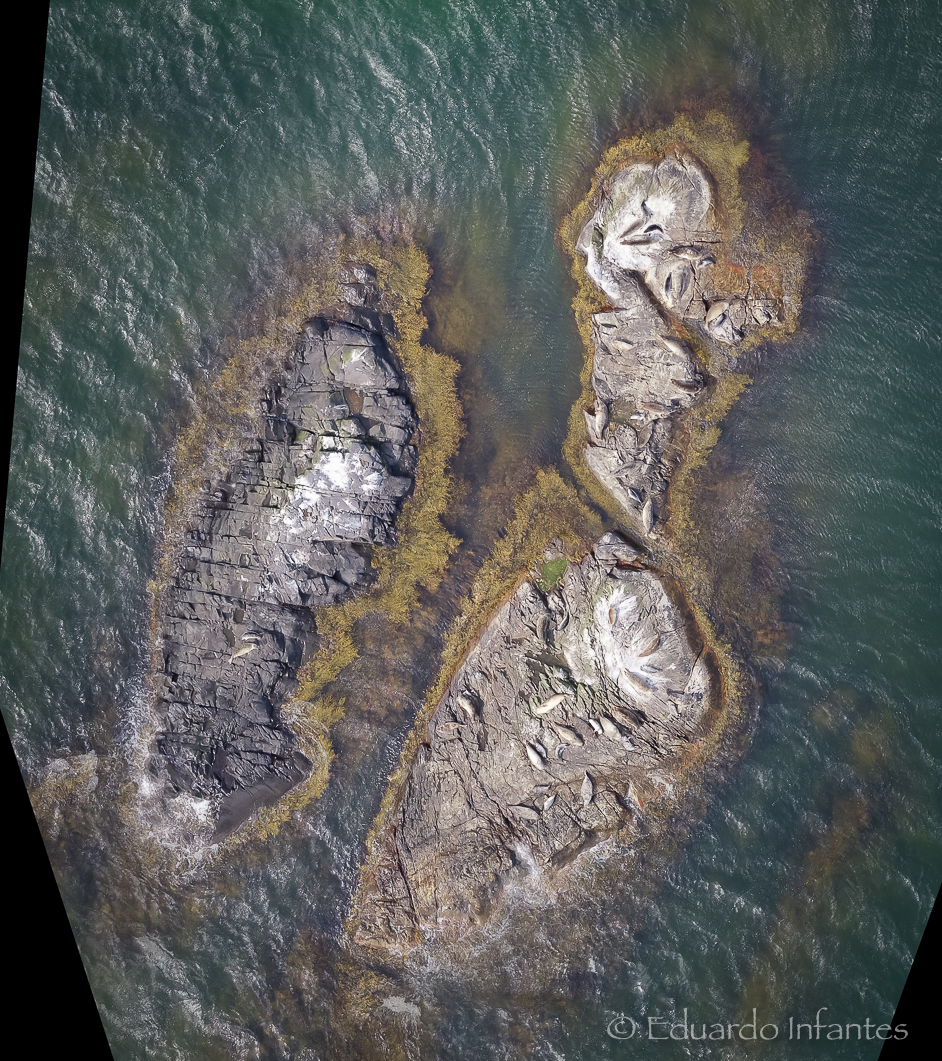Abstract
Body mass is a fundamental indicator of animal health closely linked to survival and reproduction. Systematic assessment of body mass for a large proportion of a population can allow early detection of changes likely to impact population growth rates, facilitating responsive management and a mechanistic understanding of ecological trends.
One challenge with integrating body mass assessment into monitoring is sampling enough animals to detect trends and account for individual variation. Harbour seals (Phoca vitulina) are philopatric marine mammals responsive to regional environmental changes, resulting in their use as an indicator species.
We present a novel method for the non-invasive and automatic assessment of harbour seal body condition, using unoccupied aerial vehicles (UAVs/drones). Key morphological parameters are automatically measured in georeferenced images and used to estimate volume, which is then translated to estimated mass.
Remote observations of known individuals are utilised to calibrate the method. We achieve a high level of accuracy in mass estimation (mean absolute error of 4.5 kg or 10.5% for all seals and 3.2 kg or 12.7% for pups-of-the-year). We systematically apply the method to wild seals during the Spring pupping season and Autumn over two years, achieving a near-population level assessment for pups on land (82.5% measured). With reference to previous mark-recapture work linking autumn pup weights to survival, we estimate mean expected probability of over-winter survival (mean = 0.89, standard deviation = 0.08).
This work marks a significant step forward for the non-invasive assessment of body condition in pinnipeds and could provide daily estimates of body mass for thousands of individuals. It can act as an early warning for deteriorating environmental conditions and be utilised as an integrative tool for wildlife monitoring. It also enables estimation of yearly variation in demographic rates which can be utilised in parameterizing models of population growth with relevance for conservation and evolutionary biology.
DOI: 10.1002/rse2.413







